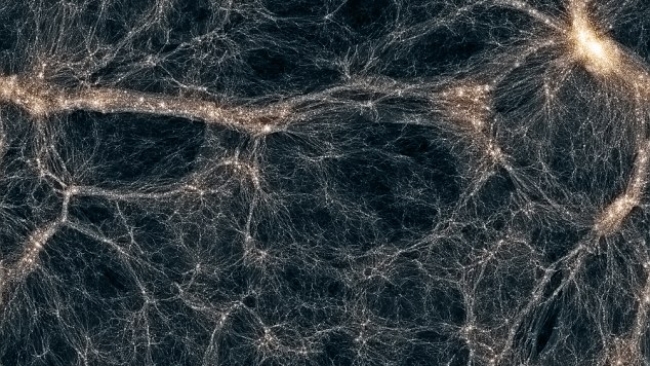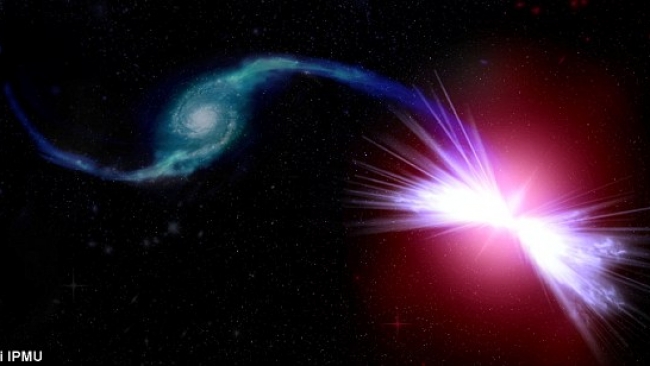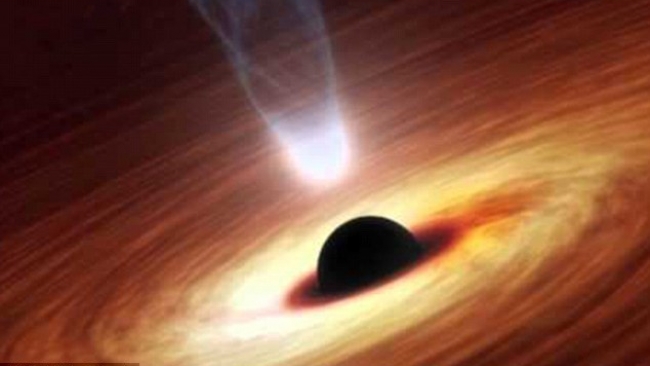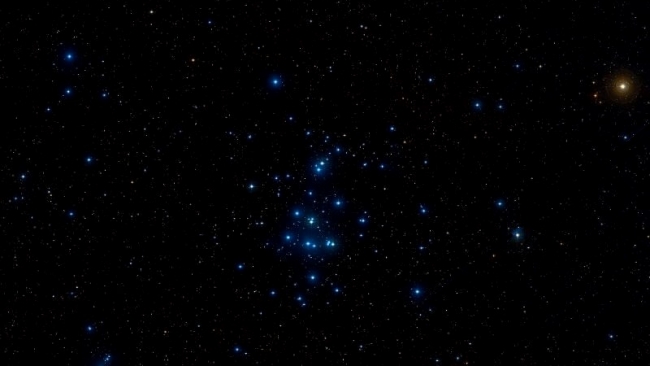Is there a FIFTH force of nature?

Hints of an undiscovered fundamental force have set the physics world abuzz this week. It follows an experiment in Hungary that spotted an anomaly in radioactive decay, suggesting the existence of a new particle. If their tests prove accurate, the discovery could completely upend our understanding of how the universe works.
The current working model of physics states that there are four fundamental forces of nature: gravity, electromagnetism, and the weak and strong forces between atoms. The latest experiment by a team of physicists led by Attila Krasznahorkay of the Hungarian Academy of Sciences, suggests that there is yet another force. The team said they had found a bizarre radioactive decay irregularity, according to a report by Nature News.
They published their results late last year in Physical Review Letters. Despite the radical claim, their paper received very little attention, according to a report in Gizmodo. That is, until physicists at the University of California checked their method and results – and found the study to be accurate.
'What it's telling us if it is correct is that there is something going on in the way that one particle talks to another particle that we haven't got inside our mathematics at the moment,' Geraint Lewis, a professor of astrophysics at the University of Sydney told ABC News.
Scientists have theorised that a fifth force exists for decades. They say it could help explain the inability of the standard model of particle physics to explain dark matter. Dark matter is invisible substance thought to make up more than 80 per cent of the universe's mass. Theorists have proposed a number of exotic-matter particles, including 'dark photons', that carry the electromagnetic force. The Hungarian scientists were looking for dark photons by blasting protons at a thin strip of lithium.
As the lithium absorbed the protons, it transformed into an unstable version of beryllium, which decayed even further, creating electrons and positrons. When the protons hit against the lithium at 140 degrees, more electrons and positrons were created than were expected.
Krasznahorkay suggests this extra material is being created by a particle that is 34 times heavier than the electron. 'We are very confident about our experimental results,' said Krasznahorkay, adding that that the team has repeated its test several times.
Jonathan Feng, at the University of California, Irvine, who tested the results thinks the new particle is in fact something known as 'protophobic X boson' rather than a dark proton. Feng is now looking at other kinds of particles that could explain the anomaly. But the protophobic boson is the most straightforward possibility, he said.
Many scientists remain sceptical of the claim, and there are not several teams around the world hoping to validate the results.
Source: Daily Mail
Fri 27 May 2016 at 08:22





